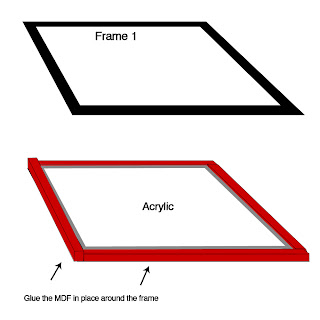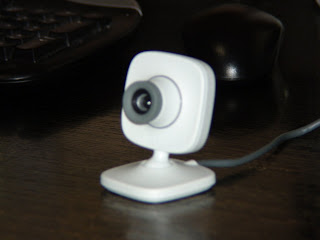Ok so first off I started with modifying the Xbox Vision 360 camera by removing the IR filter.
I followed a simple pdf guide from put together by the good people of nui group you can find a link
here. This was a fairly stright forward process with little difficulties.
Then I took apart my 17" hyundai monitar.

Taking the monitar apart just involed snapping all the plastic off with a flat head screw driver, and then removing a few screws.
Pop it out of the plastic housing and then turn over.

Undo all of the screws at the back holding on the metal, which is hiding the circuit boards.


Take off side rails by simply unscrewing them.

From here you can disconnect the circuit board wires on the back and go around the frame and unclip all of the edges and pull the frame from the panel and layers of diffusers




From here you should work out which layers your going to keep behind your lcd and which your going to get rid of. This is the one thing I couldn't find much information on which layers to keep or discard so I got rid of the last to but kept the big plastic board part and the layers underneath. Then I check with a remote control if IR light would be picked up through my modified camera. It worked so I'm gunna use these and I'll see how these work out.
Its now probably a good idea to double check your monitor is still working after all that tinkering. So I layed it all out on a table and plug in all the circuit boards to check it out.


Once you know its still working its time to continue with the rest of the build.



































